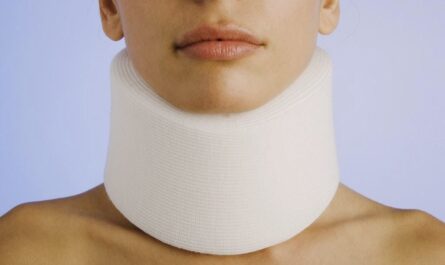
The advancement of medical technology has enabled the delivery of many healthcare services outside of hospitals and clinical settings. Devices that were previously only available in medical facilities can now effectively treat patients in the comfort of their own homes. This transition to home-based care has provided numerous benefits for both patients and the overall healthcare system.
Home medical equipment allows patients to receive treatments, rehabilitation services, and ongoing care in a familiar environment surrounded by loved ones. Being in one’s home can help speed recovery through reduced stress and anxiety compared to institutional settings. It also improves quality of life by empowering individuals to lead active lives while managing chronic conditions or recovering from injuries and surgeries.
From a systemic standpoint, home healthcare reduces burdens on hospitals and frees up beds for patients with acute needs. It helps control escalating healthcare costs by decreasing length of hospital stays and readmission rates. Less time spent in medical facilities lowers risks of hospital-acquired infections as well. Widespread adoption of home treatment options eases pressures on overstretched medical staff too.
Major Categories of Home Medical Equipment
A wide array of medical devices have been engineered for use outside hospitals. Here are some of the most common types that have enabled expansion of home-based care:
Mobility Equipment
Wheelchairs, walkers, canes and other mobility aids allow individuals with impaired mobility to navigate their homes and communities more independently. For those recovering from joint replacements or injuries, these assistive devices are crucial for gradual physical rehabilitation at home.
ADL Equipment
Equipment for activities of daily living such as bathing benches, shower chairs and raised toilet seats help patients complete essential self-care tasks safely. They make personal hygiene and daily routines more manageable for those with limited mobility or recovering from surgeries.
Breathing Devices
Nebulizers, oxygen concentrators, CPAP machines and others have transformed respiratory care. Patients dependent on these can receive long-term treatment and management of conditions like asthma and COPD at home instead of staying in hospitals.
Therapeutic Equipment
Home usage of devices like TENS units, traction kits and electromagnetic therapy appliances allows out-of-facility recovery from orthopedic injuries and pain relief. Physical and occupational therapists can also guide home-based therapy with these tools.
Monitoring Equipment
Advancements in remote patient monitoring now enable home tracking of vital signs using equipment like blood pressure monitors, pulse oximeters, cardiac event recorders and glucose monitors. This data transmission to clinicians supports early disease detection and management of chronic illnesses.
Specialized Medical Devices
From infusion pumps for IV drug delivery to home dialysis machines, innovative technologies are moving advanced treatments outside hospitals. Wearable insulin pumps, for instance, have transformed diabetes management by making it portable.
Financial and Insurance Considerations for Home Medical Equipment
While medical equipment expands treatment possibilities outside hospitals, the associated costs pose challenges for patients and burden individuals unnecessarily. Here are some ways the financial aspect of home healthcare is evolving:
– Insurance coverage: Most private and public health plans in developed nations now cover at least a basic level of home medical equipment and services. This includes Medicare in the United States. Out-of-pocket costs still apply in many cases though.
– Renting vs purchasing: For expensive or short-term needs, equipment renting is often more affordable than direct purchases. Rental costs are often billable to insurance as well. Many suppliers provide this flexible option.
– Donated/refurbished equipment: Charitable organizations accept donated used medical supplies and refurbish or recondition them. Such equipment is then loaned or provided at low costs to those who can’t afford new versions.
– Telehealth expansion: Remote patient monitoring reduces in-person clinical visits and travel expenses. If telehealth services involving home equipment are covered by insurers, it improves overall affordability of care.
– Grants/subsidies: Government agencies and nonprofit groups provide financial assistance, subsidies or rent-to-own options for low-income, disabled and senior citizens requiring home healthcare access.
As home medical technologies continue advancing, ensuring widespread affordability will remain an ongoing priority area. Regulations and infrastructure must evolve in tandem with innovations to deliver on the promise of accessible, high-quality healthcare for all in the comfort of one’s home.


